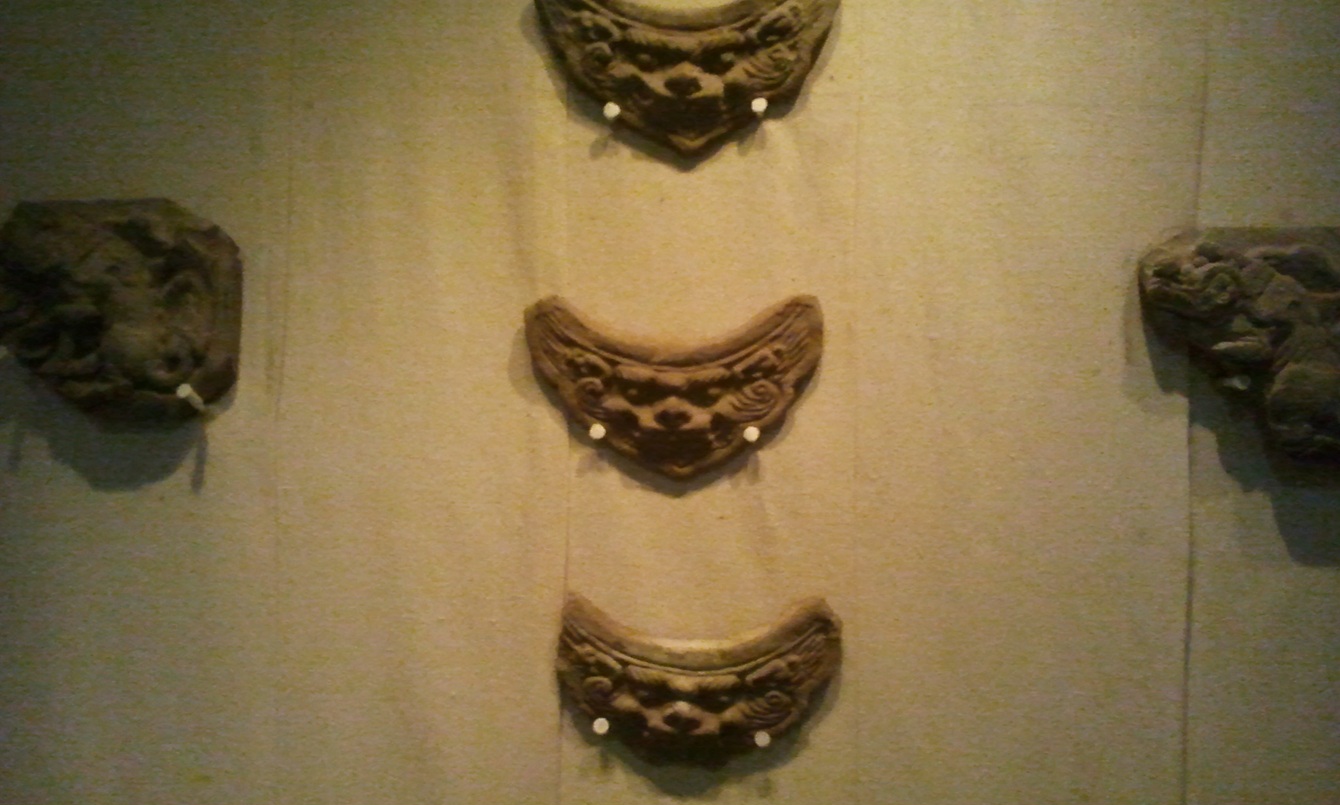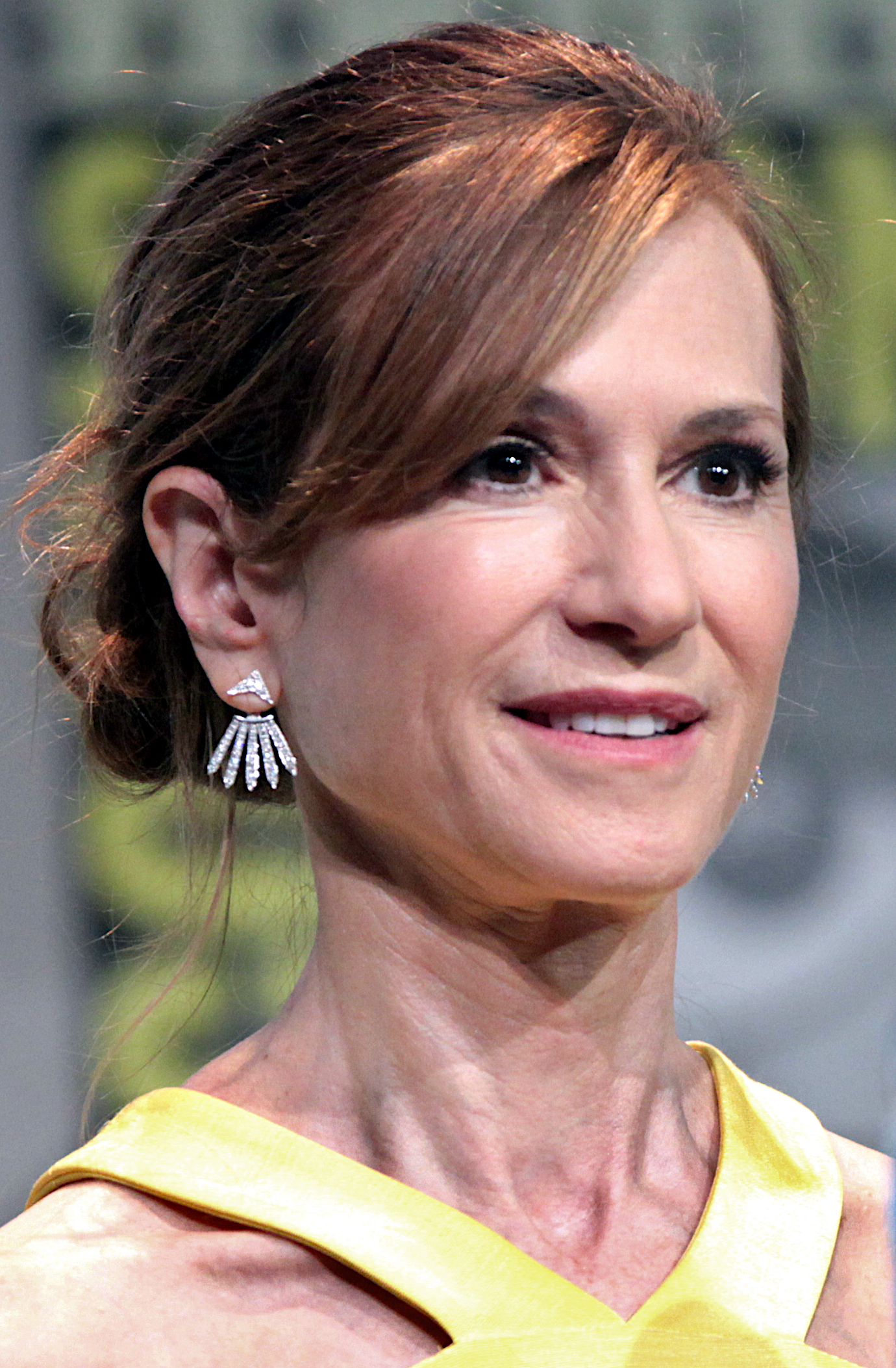|
Children's Palace (Ulaanbaatar)
The Children's Palace () is an educational center in Sükhbaatar, Ulaanbaatar, Mongolia. History The center was opened on 19 October 1958. On 19 October 2018, the government A government is the system or group of people governing an organized community, generally a State (polity), state. In the case of its broad associative definition, government normally consists of legislature, executive (government), execu ... announced the allocation of MNT200 million for the repair works and renovation of the center. Programs The center offers various type of education to children, ranging from pure arts, performing arts, foreign languages etc. with a total of 32 courses. See also * Education in Mongolia References External links * 1958 establishments in Mongolia Buildings and structures completed in 1958 Buildings and structures in Ulaanbaatar Educational organizations based in Mongolia Sükhbaatar, Ulaanbaatar {{Mongolia-struct-stub ... [...More Info...] [...Related Items...] OR: [Wikipedia] [Google] [Baidu] |
Sükhbaatar (district)
Sükhbaatar District () is one of nine districts of the Mongolian capital Ulaanbaatar. It is subdivided into 18 subdistricts. The district was established in 1965 and named after revolutionary hero Damdin Sükhbaatar. As of 2004, it had an approximate population of 112,533 in 24,568 households. This district marks the center of the city. Most government, educational and cultural organizations are located here: The Mongolian Government house, The Parliament house, 13 Embassies, Government Ministries, the World Bank, the United Nations Development Programme (UNDP), the National University of Mongolia The National University of Mongolia () is a public university primarily located in Ulaanbaatar, Mongolia. Established in 1942, it is the oldest institution of higher education in Mongolia, and was originally named in honour of then-Prime Minist ..., and the University of Science and Technology. The head office of the airline Hunnu Air (formerly Mongolian Airlines) is in the dist ... [...More Info...] [...Related Items...] OR: [Wikipedia] [Google] [Baidu] |
Ulaanbaatar
Ulaanbaatar is the Capital (political), capital and List of cities in Mongolia, most populous city of Mongolia. It has a population of 1.6 million, and it is the coldest capital city in the world by average yearly temperature. The municipality is located in north central Mongolia at an elevation of about in a valley on the Tuul River. The city was founded in 1639 as a nomadic Buddhist monasticism, Buddhist monastic centre, changing location 29 times, and was permanently settled at its modern location in 1778. During its early years, as Örgöö (anglicized as Urga), it became Mongolia under Qing rule, Mongolia's preeminent religious centre and seat of the Jebtsundamba Khutuktu, the spiritual head of the Gelug lineage of Tibetan Buddhism in Mongolia. Following the regulation of Kyakhta trade, Qing-Russian trade by the Treaty of Kyakhta (1727), Treaty of Kyakhta in 1727, a caravan route between Beijing and Kyakhta opened up, along which the city was eventually settled. With ... [...More Info...] [...Related Items...] OR: [Wikipedia] [Google] [Baidu] |
Mongolia
Mongolia is a landlocked country in East Asia, bordered by Russia to the north and China to the south and southeast. It covers an area of , with a population of 3.5 million, making it the world's List of countries and dependencies by population density, most sparsely populated sovereign state. Mongolia is the world's largest landlocked country that does not border an Endorheic basin, inland sea, and much of its area is covered by grassy steppe, with mountains to the north and west and the Gobi Desert to the south. Ulaanbaatar, the capital and List of cities in Mongolia, largest city, is home to roughly half of the country's population. The territory of modern-day Mongolia has been ruled by various nomadic empires, including the Xiongnu, the Xianbei, the Rouran, the First Turkic Khaganate, the Second Turkic Khaganate, the Uyghur Khaganate and others. In 1206, Genghis Khan founded the Mongol Empire, which became the largest List of largest empires, contiguous land empire i ... [...More Info...] [...Related Items...] OR: [Wikipedia] [Google] [Baidu] |
Government Of Mongolia
The Government of Mongolia (, ''Mongol Ulsyn Zasgiin gazar'') is the highest executive body and national cabinet of Mongolia. It consists of the Prime minister and other members. The Prime minister is designated by the State Great Khural, and the remaining members are appointed and dismissed by the Prime Minister. The government is collectively responsible to the State Great Khural and must resign if a motion of no confidence is adopted by the State Great Khural. The State Great Khural determines the structure and composition of the government by submission of Prime Minister. The government is one of the 3 subjects that have the right to initiate laws. Powers As defined in the constitution, government shall enforce the laws of the State, in accordance with the common functions to manage the economic, social and cultural structure shall exercise the following main/full powers: # Organize and ensure nation-wide enforcement of Constitution and other laws; # Develop a comprehensi ... [...More Info...] [...Related Items...] OR: [Wikipedia] [Google] [Baidu] |
Education In Mongolia
Mongolia's education system has undergone colossal changes in the 20th century. The education reforms during communist times were a stark break with traditional education that was often religious and esoteric. These reforms were modeled on the Soviet education system and greatly expanded access to education for Mongolian citizens. Among the changes was a transition from the traditional Mongolian script, from 1941 to 1946, to the Cyrillic alphabet. Literacy was greatly expanded as most of the population enjoyed free primary school. However, the move to democracy and free markets in the 1990s has had some negative impacts on education in Mongolia, though these setbacks have been ameliorated somewhat by an improving economy and policy reforms. Many adults benefit from the non-formal distance education programmes sponsored by the government in conjunction with foreign NGOs. Today education in Mongolia is overseen by the Ministry of Education, Culture, and Science. In 2020, the ... [...More Info...] [...Related Items...] OR: [Wikipedia] [Google] [Baidu] |
1958 Establishments In Mongolia
Events January * January 1 – The European Economic Community (EEC) comes into being. * January 3 – The West Indies Federation is formed. * January 4 ** Edmund Hillary's Commonwealth Trans-Antarctic Expedition completes the third overland journey to the South Pole, the first to use powered vehicles. ** Sputnik 1 (launched on October 4, 1957) falls towards Earth from its orbit and burns up. * January 13 – Battle of Edchera: The Moroccan Army of Liberation ambushes a Spanish patrol. * January 27 – A Soviet-American executive agreement on cultural, educational and scientific exchanges, also known as the "Lacy-Zarubin Agreement, Lacy–Zarubin Agreement", is signed in Washington, D.C. February * February 1 – Egypt and Syria unite to form the United Arab Republic. * February 2 – The ''Falcons'' aerobatic team of the Pakistan Air Force led by Wg Cdr Zafar Masud (air commodore), Mitty Masud set a World record loop, world record performing a 16 aircraft diamon ... [...More Info...] [...Related Items...] OR: [Wikipedia] [Google] [Baidu] |
Buildings And Structures Completed In 1958
A building or edifice is an enclosed structure with a roof, walls and windows, usually standing permanently in one place, such as a house or factory. Buildings come in a variety of sizes, shapes, and functions, and have been adapted throughout history for numerous factors, from building materials available, to weather conditions, land prices, ground conditions, specific uses, prestige, and aesthetic reasons. To better understand the concept, see ''Nonbuilding structure'' for contrast. Buildings serve several societal needs – occupancy, primarily as shelter from weather, security, living space, privacy, to store belongings, and to comfortably live and work. A building as a shelter represents a physical separation of the human habitat (a place of comfort and safety) from the ''outside'' (a place that may be harsh and harmful at times). buildings have been objects or canvasses of much artistic expression. In recent years, interest in sustainable planning and building pract ... [...More Info...] [...Related Items...] OR: [Wikipedia] [Google] [Baidu] |
Educational Organizations Based In Mongolia
Education is the transmission of knowledge and skills and the development of character traits. Formal education occurs within a structured institutional framework, such as public schools, following a curriculum. Non-formal education also follows a structured approach but occurs outside the formal schooling system, while informal education involves unstructured learning through daily experiences. Formal and non-formal education are categorized into levels, including early childhood education, primary education, secondary education, and tertiary education. Other classifications focus on teaching methods, such as teacher-centered and student-centered education, and on subjects, such as science education, language education, and physical education. Additionally, the term "education" can denote the mental states and qualities of educated individuals and the academic field studying educational phenomena. The precise definition of education is disputed, and there are disagreements ... [...More Info...] [...Related Items...] OR: [Wikipedia] [Google] [Baidu] |



